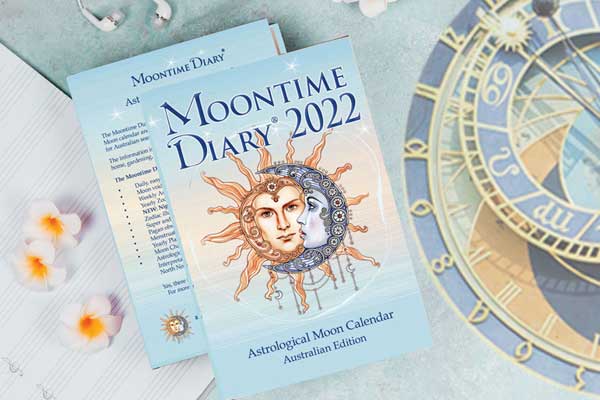What’s going through your head right now? Just stop for a moment and really listen to what background noise your brain is generating. Maybe it’s along the lines of, “I really wish I hadn’t stayed up until 3am last night watching Netflix. I can’t concentrate on work at all. What does this spreadsheet even mean? I can’t wait to watch the next episode. Surely Rachel will find out what Walt’s been doing.” Or perhaps it is more like, “What was I thinking? These pants look amazing on me but they are cutting off circulation to the lower half of my body. I’m going to have to stand up all day, if I sit down someone’s eye could get taken out by my button.”
Then again it might be something like, “There’s a bear in there, and a chair as well…” or even “Who let the dog’s out, woof, woof woof, woof woof…” If it’s the latter two, then you have yourself an earworm: one of those songs that get stuck in your head and won’t go away. If earworms are your problem, a new study might interest you because the researchers have not only analysed what makes a song into an earworm but they have also suggested some ways to eliminate the earworm.
For the new study, data was collected between 2010 and 2013 and the 3000 subjects ranged in age from 12 to 81 years with a mean age of 35.9 years. The subjects were asked to name their most frequent earworm tunes. This resulted in a list of earworms which the researchers then compared to songs that had never been named as earworms but were a match in terms of popularity and how recently they had been in the charts.
For interest’s sake, the list of most frequently named earworms in the study included:
1. Bad Romance by Lady Gaga
2. Can’t Get You Out of My Head by Kylie Minogue
3. Don’t stop Believing by Journey
4. Somebody that I Used to Know by Gotye
5. Moves Like Jagger by Maroon 5
6. California Gurls by Katy Perry
7. Bohemian Rhapsody by Queen
8. Alejandro by Lady Gaga
9. Poker Face by Lady Gaga
When the researchers analysed these songs, compared to those that were not earworms they found three distinct qualities in the earworms.
First, they found that earworms tend to have a fast tempo.
Second, it was found that earworms tend to have what are called “common global melodic contours”. So, for instance, a common melodic contour is found in Twinkle, Twinkle, Little Star in which the first phrase rises in pitch and the second falls in pitch. Other nursery rhymes follow that same pattern as does the opening of Moves Like Jagger. So, if you want to create an earworm, you would do well to look at nursery rhymes and follow the melodic contours that feature there.
=Q=
Last, in addition to that common melodic shape, the analysis showed that earworms also feature an unusual interval in the song structure. This means there might be unexpected leaps or unusually repeated notes such as you find in the opening riff of Smoke on the Water (Deep Purple), the chorus of Bad Romance, the instrumental section of My Sharona (The Knack) or In the Mood by Glen Miller.
So that’s a mini-formula for creating an earworm: have a fast tempo, use a common melodic shape and throw some unusual intervals in there. If your aim is not to create an earworm but to get rid of one, then the researchers suggest you either listen to the song all the way through, distract yourself with a different song or just try not to think about it. Other research has shown that sucking on something with a strong taste such as a cinnamon stick can also erase an earworm.
So, after all that, what is in your head now? “I just can’t you get you outta my head, na na na, na-na na na na…”?
Source: Psychology of Aesthetics, Creativity, and the Arts











